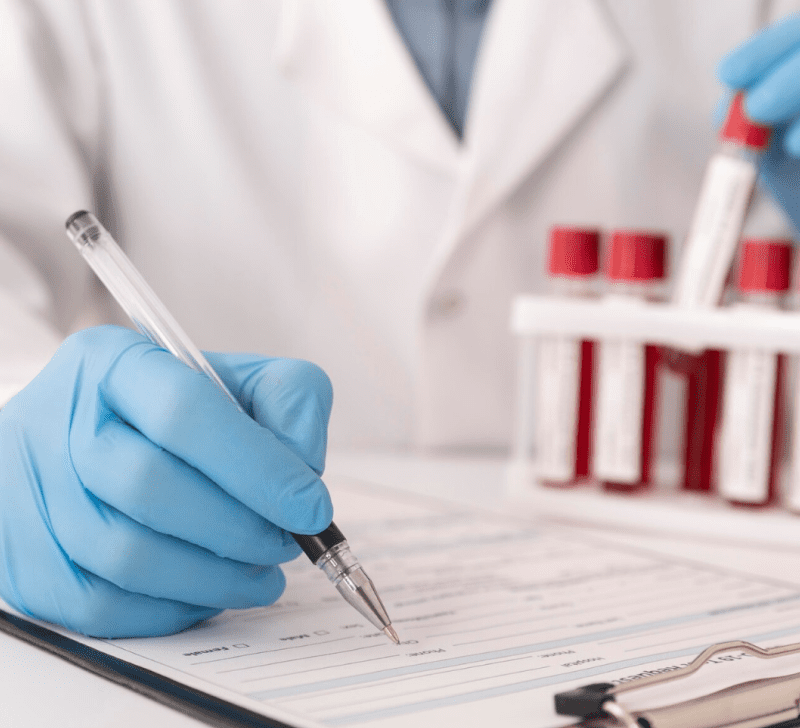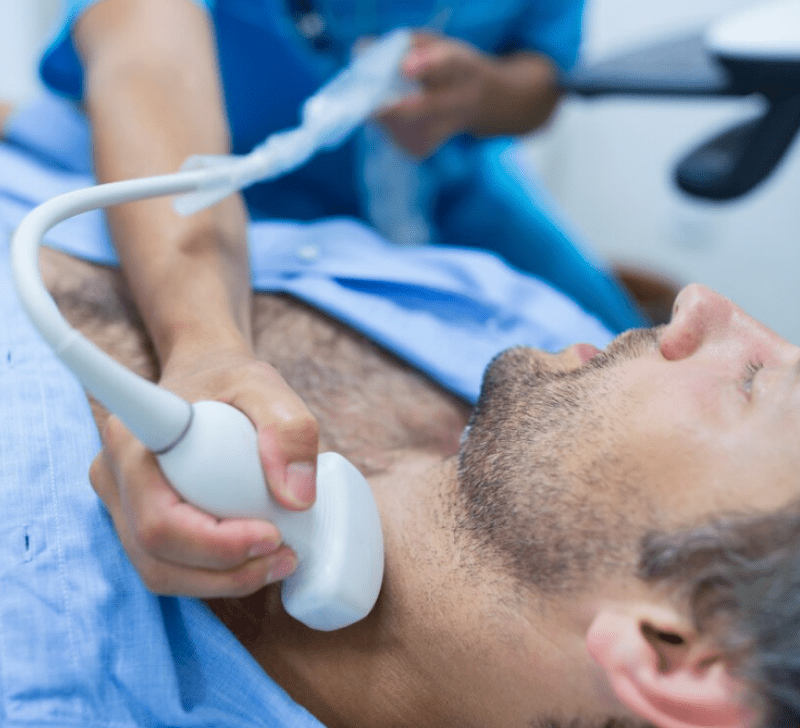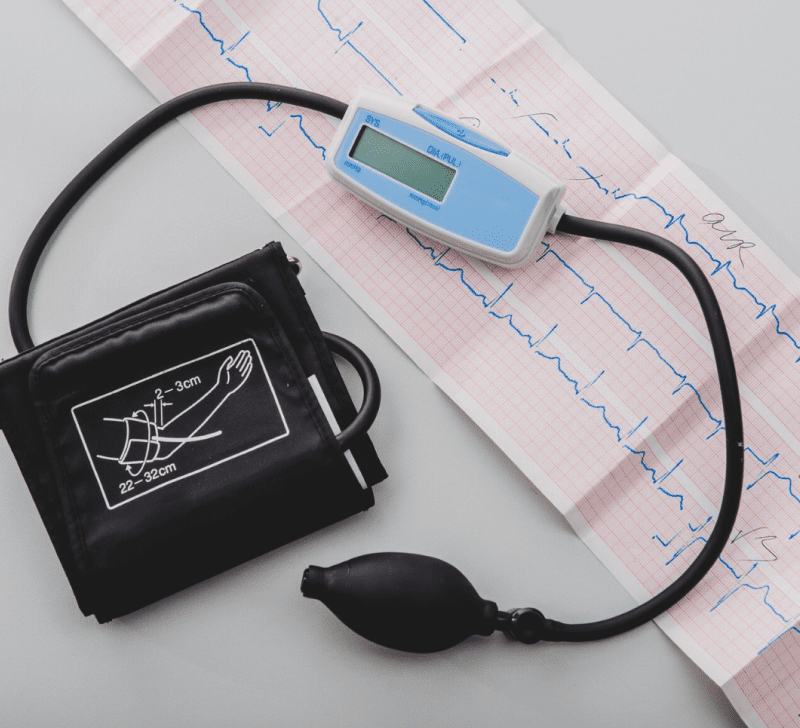Cardiology


Diagnostic tests
Ambulatory blood pressure monitoring (ABPM)
Most people are familiar with having their blood pressure (BP) checked in a healthcare provider’s examination room during an appointment. In that case a blood pressure monitor, called a sphygmomanometer, is used on a patient’s arm to measure and record one or two readings during a visit.
Ambulatory blood pressure monitoring (AMBP) however records a patient’s blood pressure readings over a 24-hour period, when awake and asleep, during a full cycle of activities. Patients wear a cuff on their arm and a small device attached to a strap or belt. AMBP takes dozens of readings over a continuous period, of blood pressure and heart rate. Results of AMBP testing provide the most comprehensive representation of a patient’s complete blood pressure profile.

Blood tests
There are a number of blood tests that can be done to diagnose and/or to rule out the risk of heart problems.
The most common are:
Full Blood Count (FBC) — this test measures the levels of red blood cells, white blood cells and platelets. It also measures the haemoglobin (oxygen carrying component of red blood cells).
Urea and Electrolytes (Us and Es) — urea levels help to monitor how the kidneys are working. Electrolytes help to stabilise the heart rhythm.
Glucose — this test measures the level of sugar in the blood.
Liver and thyroid function — these tests measure liver function and the thyroid function.
Troponin blood test — troponin is a protein which is released into the blood stream when the heart muscle is damaged. The troponin level provides a quick and accurate measure of any heart muscle damage. It’s used to help in the assessment following suspected heart attack, cholesterol level and lipid profile.
Natriuretic peptides — an indicator of heart failure.

Carotid ultrasound (DOPPLER)
Carotid ultrasound, also called Doppler ultrasound or Carotid duplex ultrasound, is a painless and harmless test that uses high-frequency sound waves to create pictures of the insides of the two large arteries in your neck. These arteries, called carotid arteries, supply your brain with oxygen-rich blood.
You have one carotid artery on each side of your neck. Carotid ultrasound shows whether a substance called plaque (plak) has narrowed your carotid arteries. Plaque is made up of fat, cholesterol, calcium, and other substances found in the blood. Plaque builds up on the insides of your arteries as you age. This condition is called Carotid Artery Disease.

Echocardiogram
An echocardiogram is an ultrasound scan of the heart. It uses high frequency sound waves to create an image of your heart. It is a painless procedure. You’ll have jelly applied to your bare chest, and an experienced operator will move the probe around your chest to get good views of your heart.
It checks:
- the size of the heart
- how well the heart muscle is contracting and relaxing
- how well the valves are working

Electrocardiogram (ECG)
Resting 12-lead electrocardiography (ECG) is a non-invasive test that can detect abnormalities including arrhythmias, evidence of coronary heart disease, left ventricular hypertrophy and bundle branch blocks. In the preoperative setting, resting ECG is used to assess known cardiovascular diseases, to detect previously undiagnosed cardiovascular diseases, and to provide a baseline standard against which to measure changes in the postoperative period.